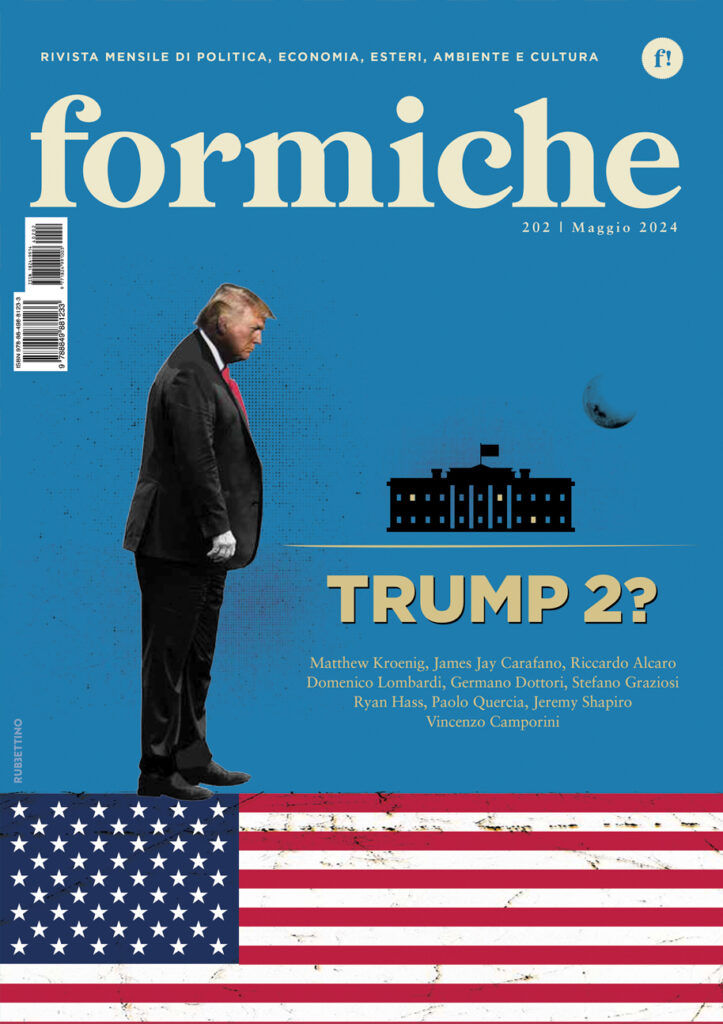In the absence of an international monetary standard different from a national currency, as special drawing rights (SDRs) would be, the euro plays an important role in the world of real and financial exchanges because it has the function that gold played in the Bretton Woods system. Indeed, whoever is not satisfied with the US monetary policy can sell dollars and buy euros, as was done until the outbreak of the world financial crisis. Therefore, the deceased gold-dollar standard regime worked as a euro-dollar standard regime. China largely used this regime when it started to have doubts about the stability of the dollar, and it even reached the level of 25% of its official reserves in euros, which means that the annual flows regarding the purchase of the European currency were very substantial. Nevertheless, the consequence was that the exchange rate to almost $1.60 to the euro, thus making things hard far eurozone exports and creating deflationary pressures in some countries. All this could happen because the transformation of dollars into euros took place according to market schemes, not conversion and reserve maintenance rules; this is another gap in the international monetary architecture that should be solved.
The outbreak of the world financial crisis revealed the underlying weaknesses of the euro in its role of substitute for the dollar as a tool to press the United States for their excessive money creation. The market “found out” that the euro did not have a state behind it, nor did it have any policy or system of rules able to govern it in the absence of an established constitutional power. It was not by chance that in recent years the euro registered a value inversion able to take it again to an exchange rate of $ 1.25 to the euro, with a depreciation of over 20% as compared to the peak reached before the outbreak of the 2008 crisis. Considering the objections that speculation raises against the euro´s institutional deficiencies, it is surprising that its value has not fallen even more dramatically. The reasons are at least three and they contribute simultaneously to keeping the market from sweeping this unique “currency without a state” away. The first is that the dollar´s future is not well-defined by the monetary authorities. The second is that, within the eurozone, there are two groups of countries with divergent growth, and consequently with positive (Germany, the Netherlands and Austria) and negative (Spain, France and Italy) foreign current account balances, which substantially make the foreign cur-rent accounts of the 17 countries of the eurozone break even. The third reason is the point we raised: the world still needs the euro as an alternative currency to the dollar, and it seems not willing to do without the euro for the time being.
A vast literature is available on the first two reasons and press comments do not cease to underline them, also under the pressure of market operators. Whereas on the third there are two currents of thought: the most persistent is the one that – by hypothesizing a conspiracy alternatively identified with US or international interests – claims the willingness to “finish off” the euro; the other, on the contrary, wants to urge the European Union to make its long-term view on its currency´s architecture explicit, and also to take the ensuing reform decisions, The fact that speculation has not given the “final blow” to the euro gives credit to the second interpretation, shared by this comment. Yet, it has clearly emerged that it is not enough to claim, by paraphrasing and correcting the well-known saying about the dollar, that “the euro is our currency and our problem,” but it takes a growing economy as a base for the euro, because only in this way can it play the role of an alternative international reserve currency. Obviously, it is not enough that growth be concentrated in Germany and in a few other countries, as is happening, but it should at least involve other important countries in the eurozone, such as France, Italy and Spain.
Until a few weeks ago, the European policy was almost completely focused on fiscal stability as an essential prerequisite for growth. Once obtained, the rest would follow under the push of the market action. Even if the hypothesis remains unprovable, but not to be excluded, some have begun to doubt, starting with the US, which follows an opposite policy – namely, that growth is the condition for fiscal stability. Meanwhile, the EU bodies have started to shift their attention toward making this policy change favorable, but the results take a long time. All that had to be decided for the stability of the euro is in progress, but in an insufficient way to invert the market expectations: the European Central Bank has shifted its policy significantly in the wake of the Federal Reserve´s actions; the European Council has created a “EU rescue” fund, in order to face the sovereign debt crisis, and a “bank rescue” fund (not well-defined yet). It is said that eurobonds or project bonds may be issued to make infrastructural in-vestments of common interest, and a study could be carried out on the possibility of putting national public debts exceeding 60% of debt-to-GDP ratio together in one fund – or, more simply, to provide a guarantee on them – in order to allow a non-deflationary application of the fiscal compact. More or less, this is what it takes to get the euro and the euro system back in a strong position on the international markets. Nevertheless, since it is all taking place in conditions of uncertainty, in an insufficient way, and with sacrifices on the part of some countries, as well as with continually diverging declarations, speculation has not stopped, and the problem cannot be considered overcome.
Longitude







